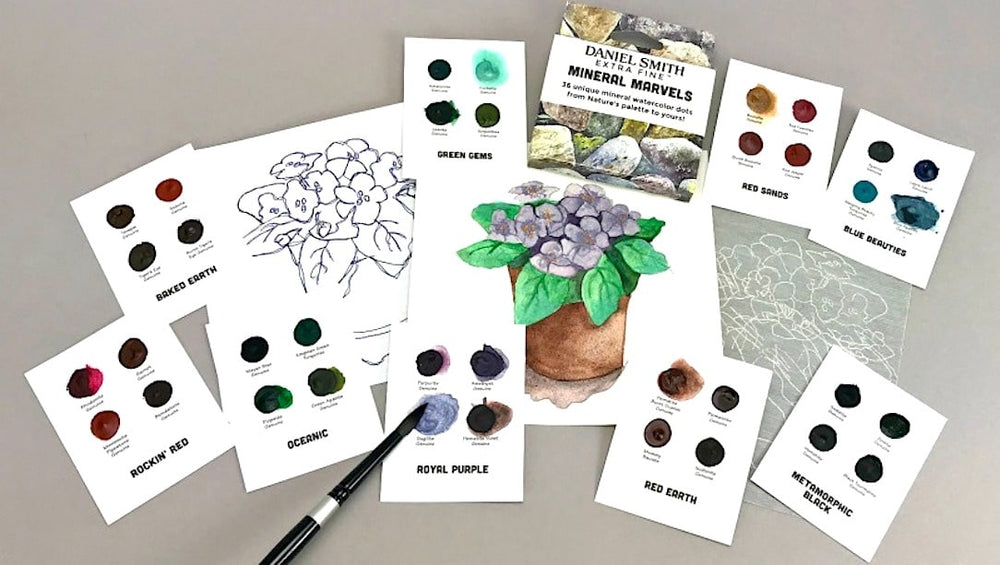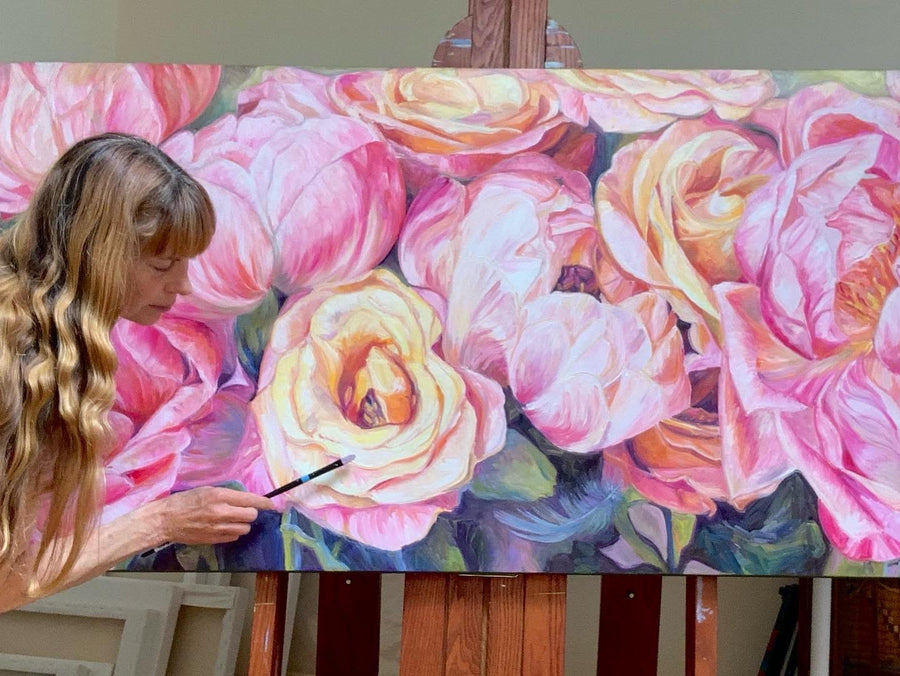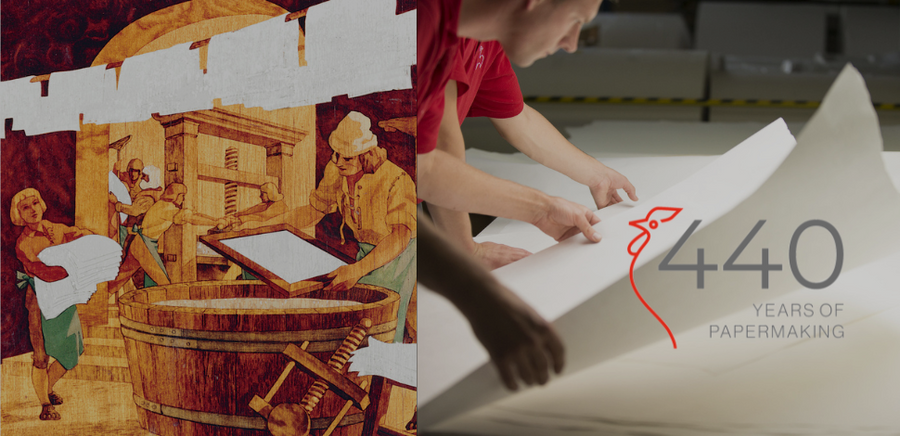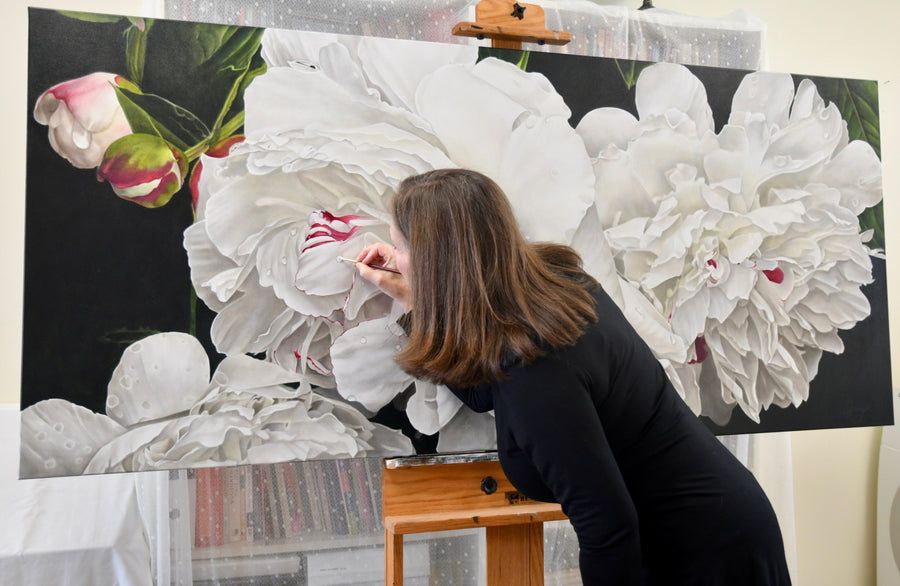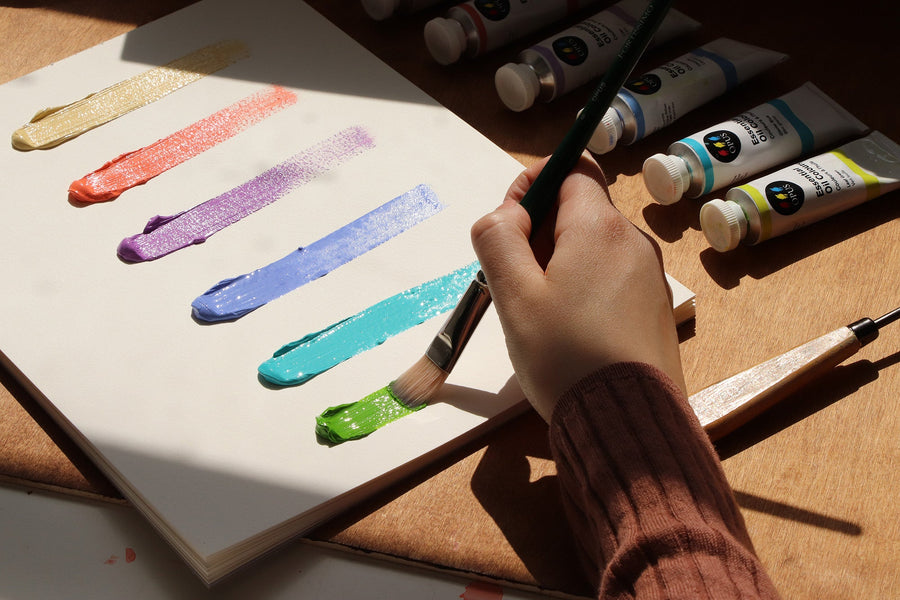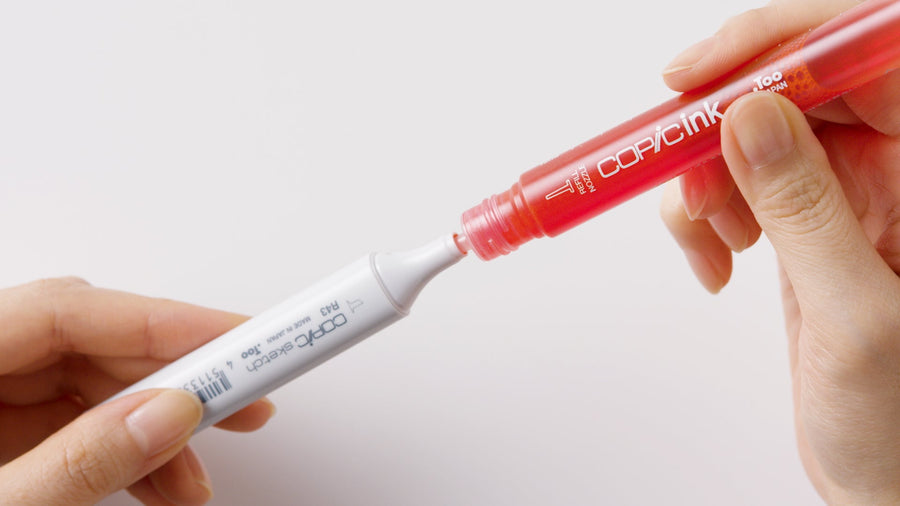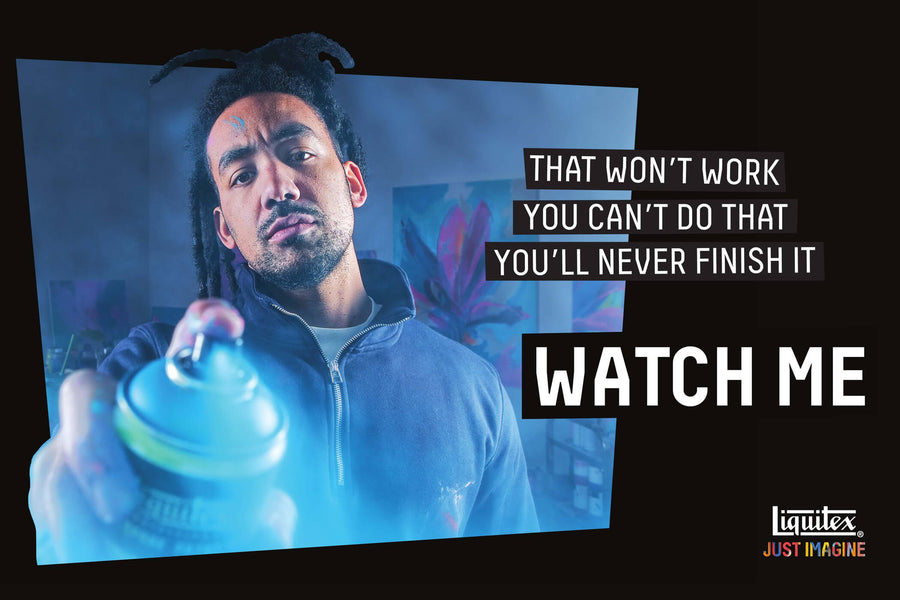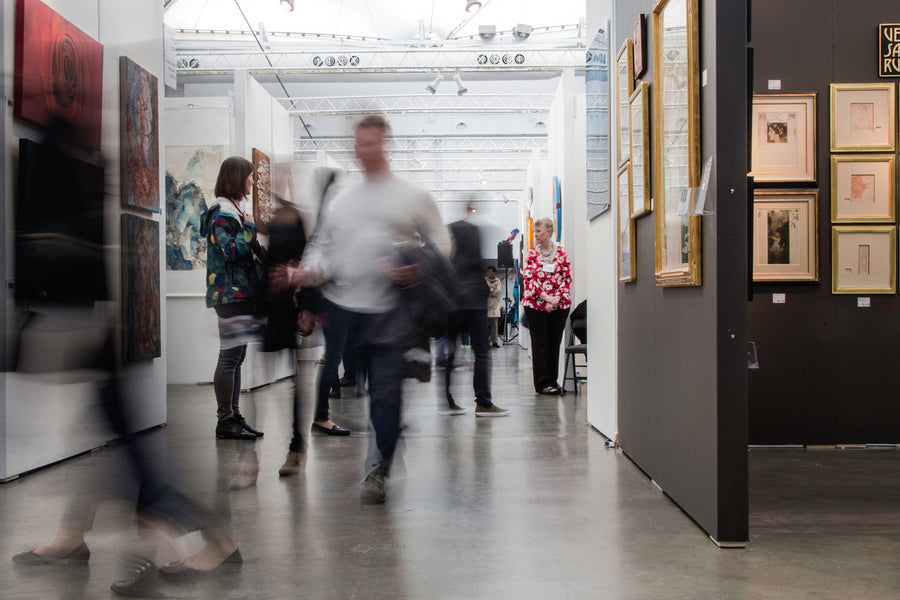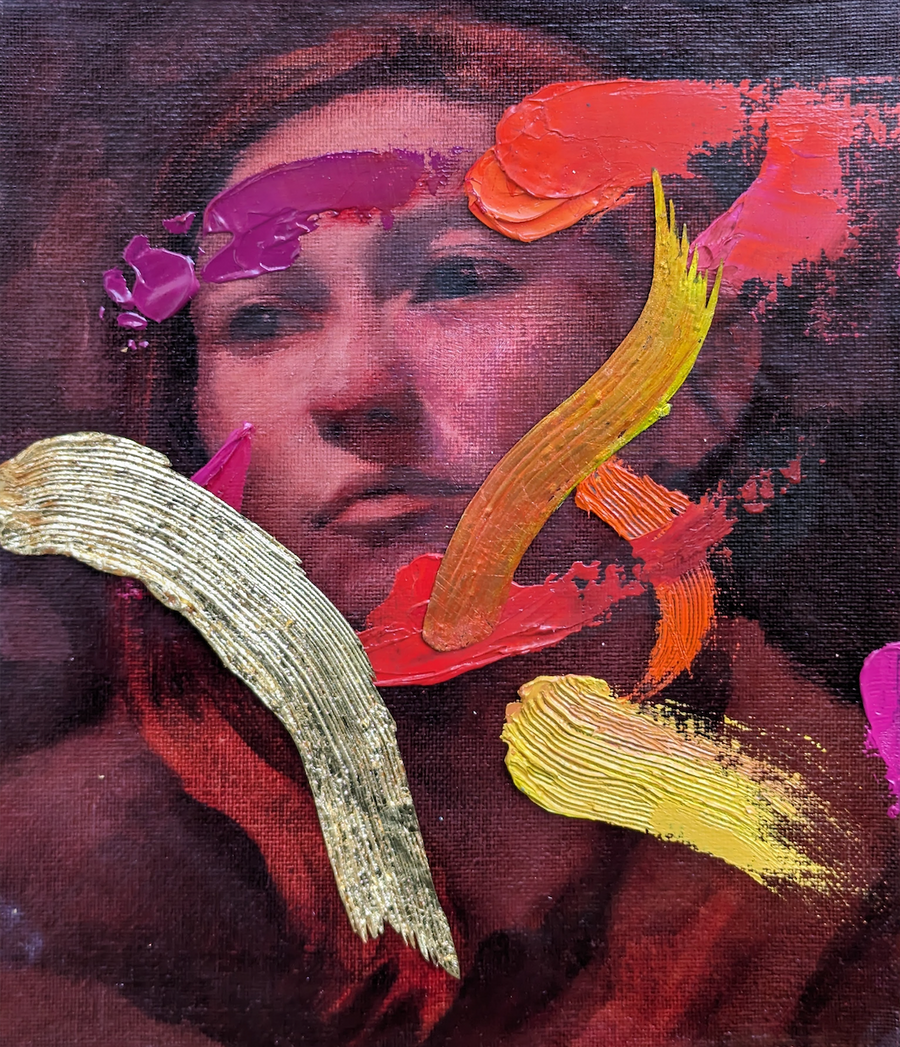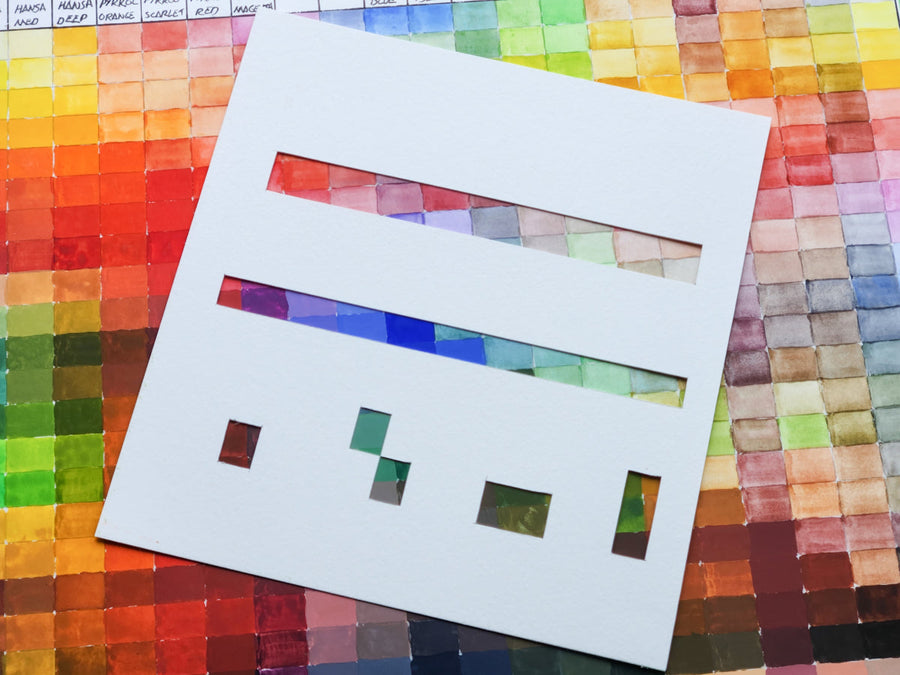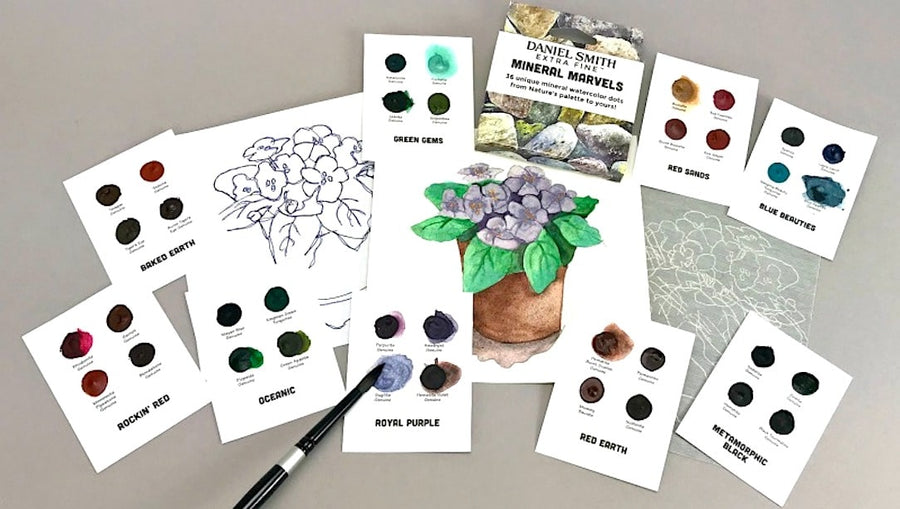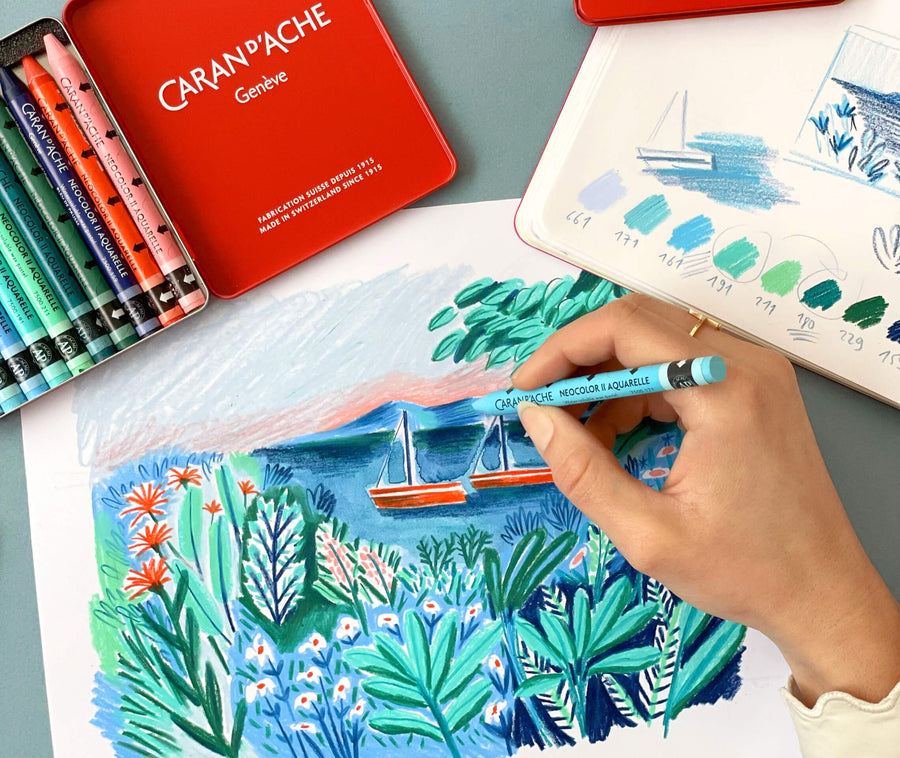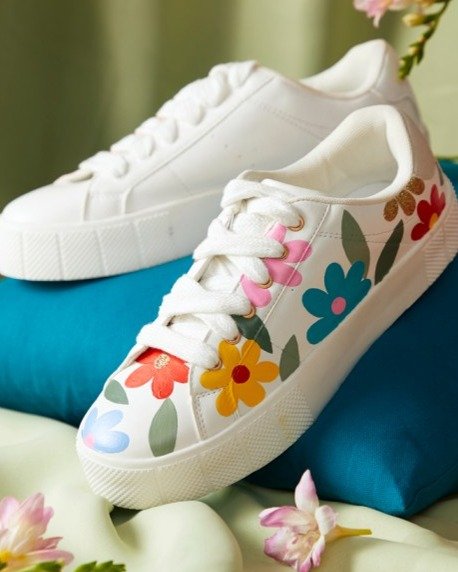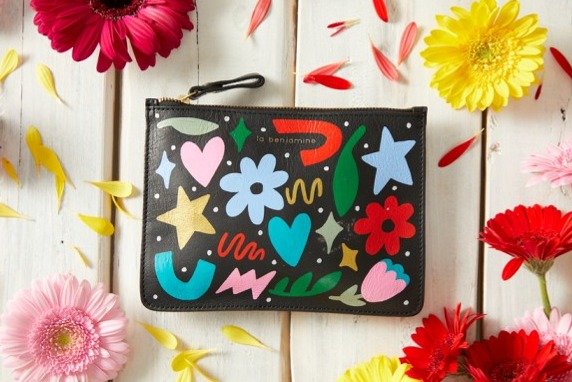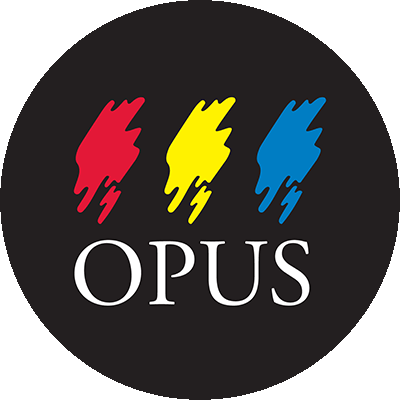If you’ve always wanted to try watercolour painting, a great place to start is with DANIEL SMITH Dot Cards. You can experiment with a small number of dozens of different colours. Use the tips and tools below to try your hand at watercolour – you’re going to love it!
Table of content

1. Downloadable PDF Images
Choose from 4 different sets of outline images to click, download, print and practice painting with watercolours – without having to draw something yourself.

2. How to transfer images onto watercolour paper
Place a sheet of graphite paper (graphite side down) onto the watercolour paper, then place the printed copy of your image over the graphite paper in the area where you want to paint. Firmly hold the papers in place and trace the lines of the image with a blue ballpoint pen (blue makes it easier to see where you have traced). Trace one small section at a time and lift up a corner to see if the image is coming out clearly. If not, retrace and try more pressure. Remove any unwanted marks from the watercolour paper with a white eraser.
You can also trace the image with a pencil onto a sheet of non-stick baking parchment, then flip the parchment over (pencil side down) onto the watercolor paper. Keep in mind this process reverses the image. Hold the parchment firmly in place and use the edge of a coin or credit card to rub across the image, releasing the pencil lines onto the watercolour paper.
A third option is to use a light box or a sunny window to trace your image directly onto the watercolour paper (300# paper is too thick for this method). Hold your image against your light box (or a window on a sunny day) then place your watercolour paper over it. You should be able to see the lines through the watercolour paper – if not, darken the lines on your print-out first with a black marker and then trace the image lightly with a pencil.
Before removing the watercolour paper over the line art, check to make sure you traced over all the lines by lifting up each corner in turn while holding the rest of the watercolour paper firmly down. If you have missed a line or two, trace over those areas until you have traced out the entire line art image.
3. Suggested Supply List
DANIEL SMITH Extra Fine Watercolours –
Dot Card Set or a Half Pan Set
Professional watercolours made with high-quality pigments and no fillers are a joy to paint with – you’ll get the best results which is so rewarding. Lower-quality watercolours are made with fillers and cheaper pigments, which make the colours duller and more difficult to use.
Watercolour Paper – Paper designated for watercolour has surface sizing to prevent watercolour paper from sinking into the paper, making colours dull. The sizing also helps the paper hold up to water-based techniques. Most drawing or sketching papers will feather away, dissolve or buckle, which causes the watercolour to puddle up. Watercolour paper is labelled by weight and surface texture. The best general-purpose weight is 140lb. Lighter 90lb paper is less expensive, but it can buckle. 300lb paper is more expensive, but very heavy weight and the least likely to buckle. Surface textures available in watercolour paper are cold press (the most popular), which is rougher and hot press, which is smoother.
Watercolour Brush – Good quality brushes can be either natural hair or synthetic. Still, they need to be designated for watercolour, meaning they are designed to be flexible and hold water (oil and acrylic brushes are too stiff). A good quality watercolour brush will hold its shape better and offer you better control than a cheap brush, making your experience much more enjoyable. Brushes come in different shapes – round, flat, tapered, etc. Choose a round watercolour brush in either a size 6 or 8. You can use the pointed tip for lines and details, or the entire brush for broader strokes (the more pressure you give, the broader the stroke), and the side of the brush can work for washes.
Water containers – Any type of cup or jar is fine, as long as it’s not easily tipped over. Try recycled empty yogurt tubs or look for wide water glasses at the thrift store. You will want two containers of similar size – one for dirty paint water (first rinse of your brush), and the other for cleaner water (second rinse). Refill your containers with fresh water when they start to get too dirty. Keep your water containers on the same side as your painting hand so you don’t drip water onto your painting.
Keep your beverage on the OTHER side so you don’t mistakenly rinse your brush off in your coffee!
Palette or plate – You need a flat surface for adding water to liquefy, blend and/or lighten colours before painting with them. Use a white ceramic or plastic tray or plate or buy a palette with paint wells to keep colours separate. When you are done, allow your watercolour paint to dry on your palette, because it can be re-wet and used again!
Paper towels or small sponge – Use for blotting extra water off your brush after rinsing it, when changing to another colour or to remove excess colour. Keep the sponge or towels right beside your water container.
Pencil and Eraser – It is perfectly acceptable for your initial pencil sketch lines to show in your painting.
Just keep the pencil lines very light as you draw or trace, so they are unobtrusive. Try using an H (hard) grade pencil for light lines, because regular #2 pencils can be too dark. Use a soft, white plastic eraser to remove unwanted pencil marks.
The pink eraser on the end of a pencil tends to smudge on watercolour paper instead of erasing it cleanly.
4. Watercolour Properties
Watercolour paints have four basic properties – transparency, granulation, staining and lightfastness. Understanding these properties helps you to know what effects and techniques you can use for different effects.
-
Transparency is how much the whiteness of the paper can shine through, allowing the paint colour to appear to glow. Watercolours can be transparent, semi-transparent, or opaque depending on the pigments used to make them. Transparent watercolours are also very beautiful when glazed over other dry colours.
-
Granulation is a special, almost magical property present in some watercolours. When granulating watercolours are painted out and the water disperses the pigments, the heavier pigments separate and settle differently, giving wonderfully unpredictable textural effects. Non-granulating watercolours come across more smoothly.
-
Staining or non-staining refers to whether or not the colour will leave a stain on the paper when you try to remove it. When you lift (remove) some of the colours with a wet brush, and then blot the area with the brush or a paper towel, staining colours will leave behind some residual colour, but non-staining colours will not.
-
Lightfastness is how long a colour will resist fading over time in normal lighting conditions. Nearly all of the DANIEL SMITH watercolours have an Excellent or Very Good lightfastness rating. None are Fair, and only two are considered Fugitive:
I = Excellent (100+ years)
II = Very Good (100 years)
III = Fair (50 – 70 years)
IV = Fugitive (15 – 20 years)
5. Watercolour Painting Techniques
-
Wet on dry – painting watercolour onto dry paper, or an area of dried watercolour, which gives you crisp, hard edges of colour.
-
Wet on wet – painting watercolour on wet or damp paper, or an area of watercolour that is still wet or damp< giving you soft edges of diffused colour. Wet on wet allows the colours to mix and mingle giving you unexpected and often beautiful results!
-
Glazing – a technique of colour mixing that is especially luminous with transparent watercolours. After applying some colour and allowing it to dry, then brush over that colour with a wash of a different (transparent) colour.
-
Lifting – recover some of the white of the paper or add highlights/dimension by removing some of the colour with a wet brush. After re-wetting the paint on the paper with a wet brush, the excess colour is removed by blotting the area with a paper towel or a dry brush.
-
Water to paint ratio – how you control the intensity of the colour. Using less water keeps the colour deep and intense, adding more water makes the colour lighter and more transparent. Remember that watercolours lighten as they dry.
-
Colour mixing – work with the lighter colour on your palette first and gradually add more of the darker colour until you mix the hue you want.
-
Colour order – because the white of the paper is important (transparent colours show like stained glass over the white of the paper), be sure, to begin with your lightest colour washes. Then paint over with darker washes as needed to intensify areas of colour.
- Reuse old watercolour paper – if what you painted didn’t work out, save that watercolour paper for practicing brushstrokes, colour mixing, and watercolour techniques like glazing on the back side.
Article Source: Daniel Smith
